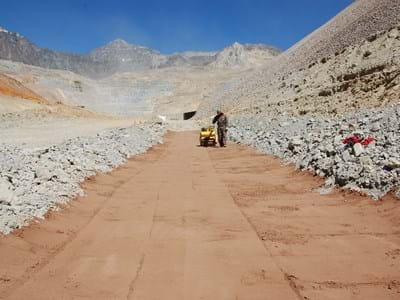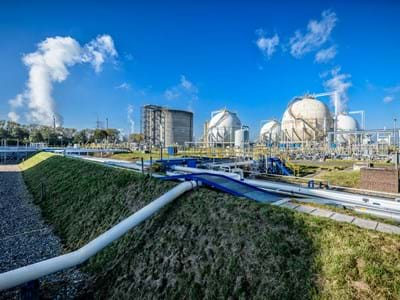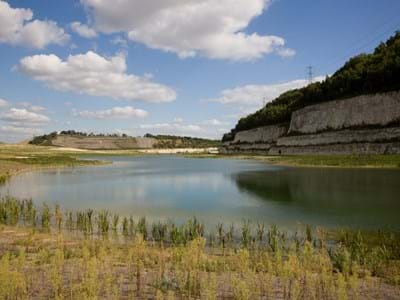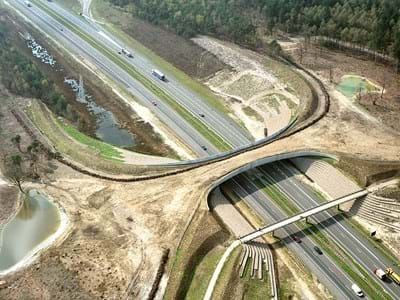
The roots of Trisoplast lie in the environmental sector. Trisoplast has been used as a mineral liner for landfills and remediation sites since the late 1980s. Today, almost all landfills in The Netherlands use Trisoplast for the required top and/or bottom lining, and its use is increasing internationally. Landfills and remediation sites release many contaminated substances. To prevent these substances from leaking into the soil, groundwater, or air, it is essential to use a strong solution with high insulation values. From a cost-benefit perspective, it is also important to use the most sustainable product possible, as a longer lifespan saves a lot of money in maintenance and potential periodic replacement. Trisoplast lasts much longer than alternative lining materials, saving a considerable amount of money. Furthermore, it prevents further contamination of sites and contributes to sustainability and a cleaner environment.
Trisoplast
The long lifespan and exceptional performance of Trisoplast are attributed to the special clay-polymer component added to it. For larger projects, this is mixed on-site with (local) sand and then installed. Adding water causes the bentonite clay to swell and form a network of chemical connections with the polymer. This creates a strong, cohesive gel structure with much better sealing properties than traditional mineral lining materials. Consequently, considerably thinner layers can be applied. Additionally, the mixture is easy to apply and install. Thanks to our mobile mixing installations and the use of local raw materials, this can also be done in hard-to-reach locations.
These factors result in savings in transport and raw materials, preventing the emission of large amounts of CO2 and ensuring a safer installation.
Multriwell
Multriwell was developed based on the knowledge gained from landfills. Landfills release a lot of landfill gas due to the (natural) decomposition of organic material. In the form of methane gas, it finds its way into the atmosphere, that is if it is not first captured and converted into CO2. This conversion already represents a significant environmental gain because CO2 is much less harmful to the atmosphere than methane, typically 20 to 30 times less harmful. Therefore, methane is captured on many landfills using a (traditional) landfill gas extraction system, after which it is burned (via flares) or converted into sustainable energy (e.g., electricity through generators or LBG and LNG).
Multriwell is a significantly improved version of such an extraction system. With this system (developed in partnership with another organization), landfill gas is extracted more effectively, quickly, and intensively. This creates opportunities for more effective control of landfill gas conversion and water management. Also, due to the carbon credits system, it is becoming increasingly financially attractive for landfill gas operators to use Multriwell.
Trisoplast and Multriwell can often be used together on a landfill; one as the extraction system and the other as the (top) liner. Additionally, Multriwell potentially speeds up decomposition in the landfill body, resulting in faster chemical stabilization of the waste, reducing the risk of future contamination to be spread.




